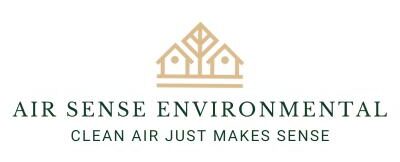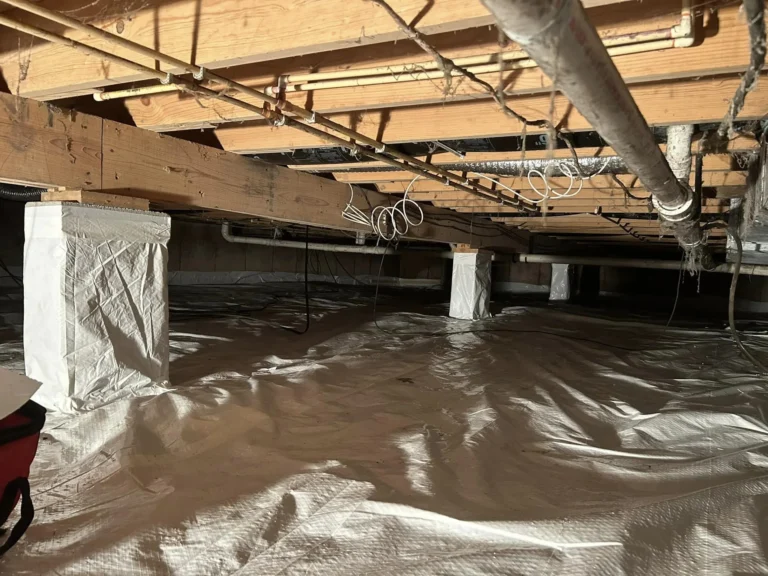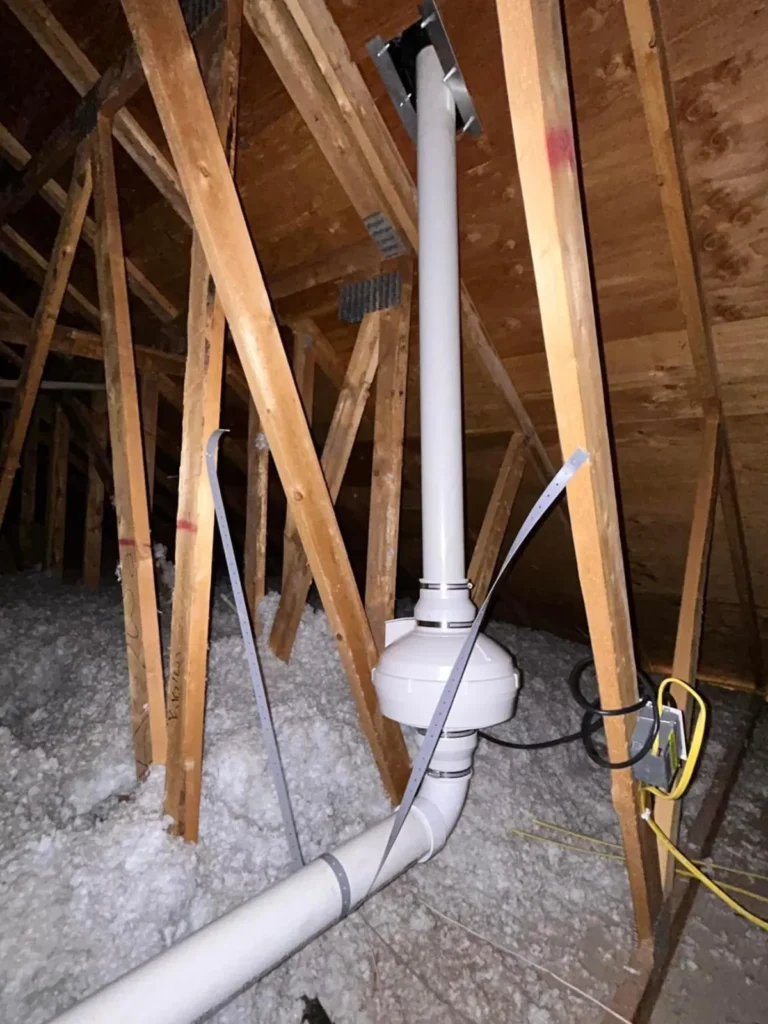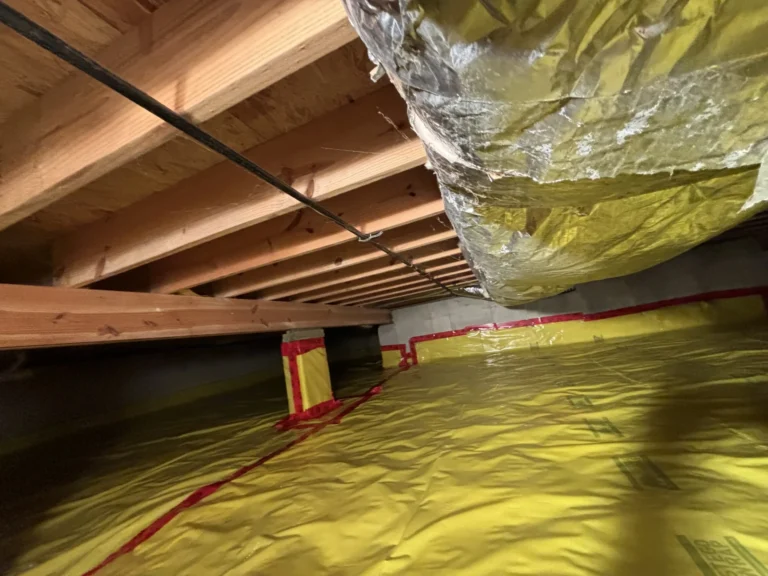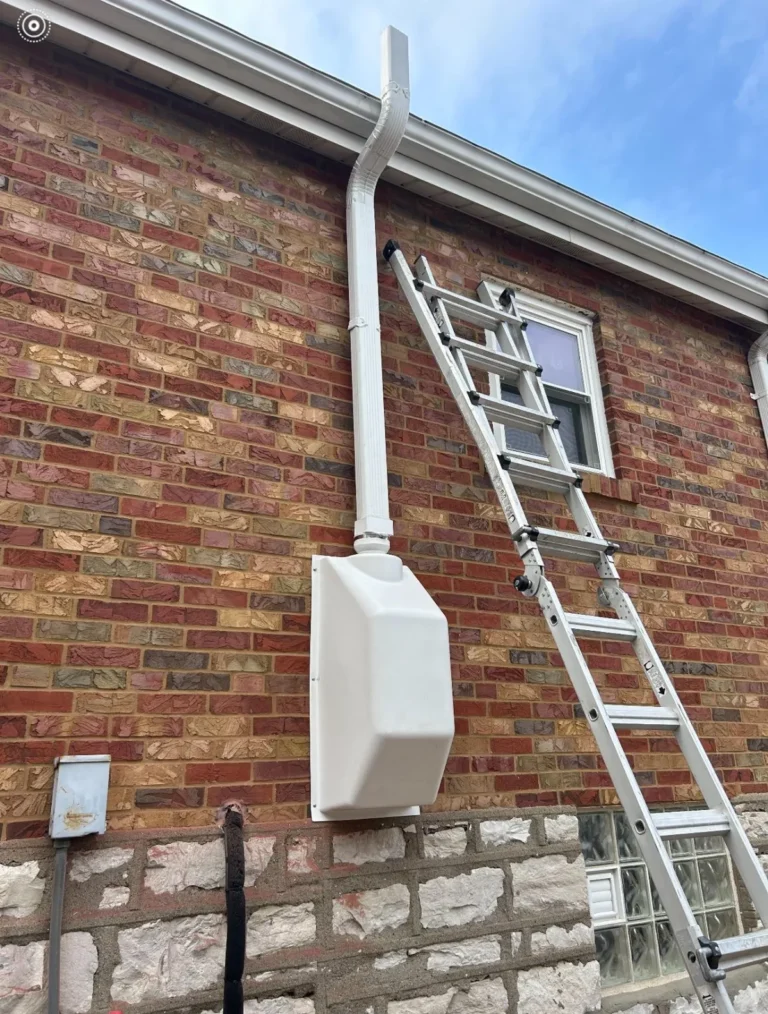7 Ways Crawl Space Impacts Your Indoor Air Quality
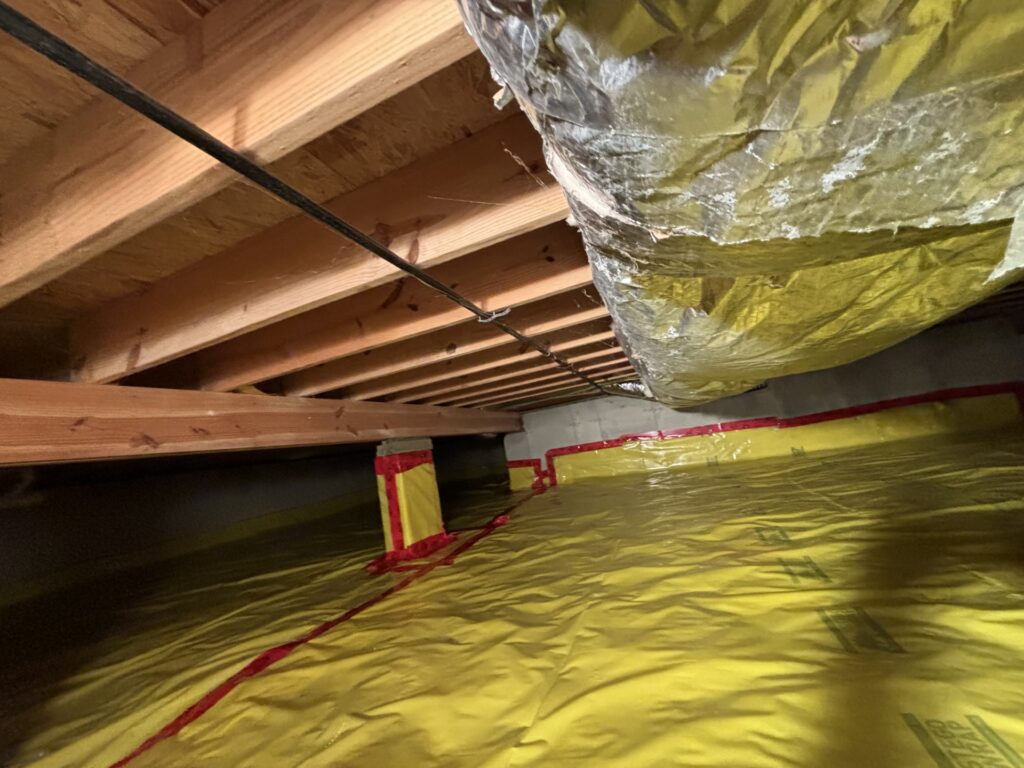
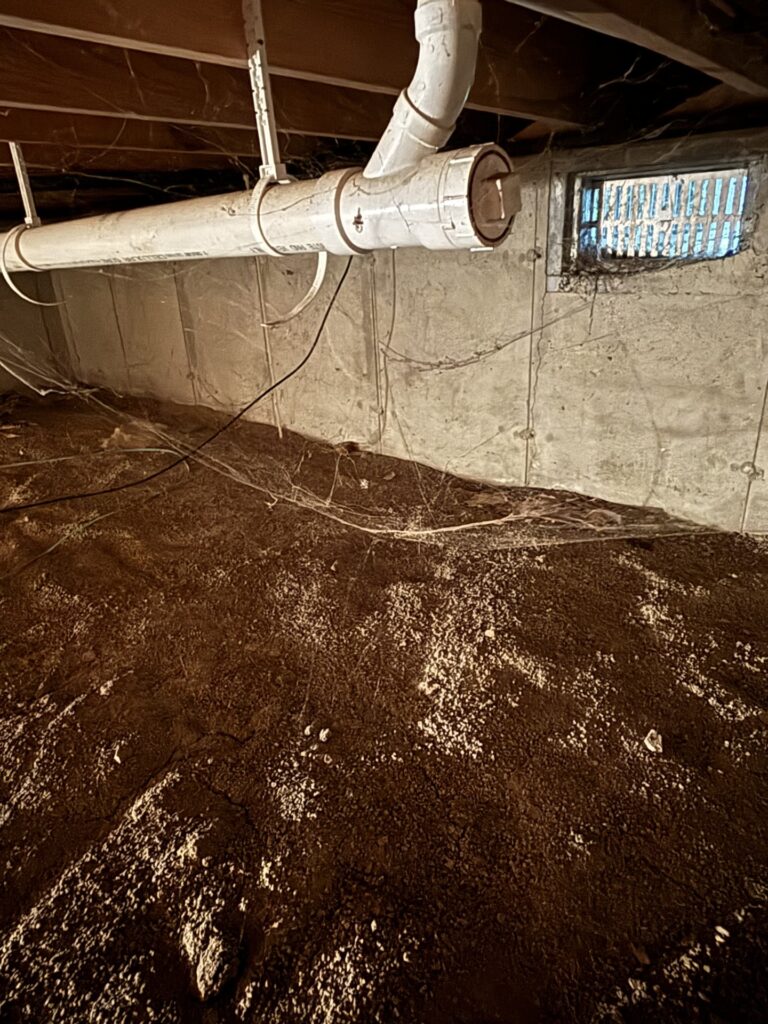
The hidden space below your house, known as a crawl space, is more important than you think. This area not only contains major features such as plumbing and electrical systems but also plays a role in the overall stability of your home.
Nevertheless, this undervalued part of your home can cause air pollution indoors when ignored. It can become an ideal growth place for mildew, molds and other pollutants which may infiltrate your living areas thus affecting the air breathed by you and your family members.
Understanding why it is imperative to take care of crawl space helps keep a healthy home environment. Thus, this blog will discuss seven vital ways that your crawl space can affect indoor air quality.
What Is A Crawl Space?
A crawl space is a low area beneath the floor of a building, between the ground and the first floor. In most cases, it is tall enough to allow one to crawl into; it is not intended for walking.
The main function of crawl spaces is to lift houses off the ground which, particularly in damp or flood-prone areas, helps keep water damage and wood rot at bay but there are other things they do. It also allows air circulation throughout the house and easy access to plumbing, electrical wiring and other services under it.
These features make them act as pests barriers, yet when not properly sealed they can be entry points for pests themselves. Consequently, maintenance should be done regularly on these spaces to ensure that they remain dry and well-ventilated.
How Crawl Space Affects Indoor Air
Here are 7 ways in which a crawl space can ruin indoor air quality, without further ado.
1. Promotes Radon Poisoning
Radon is a sneaky home intruder which is a radioactive gas formed from the natural decay of uranium in soil and rock. It finds its way into our homes through the crawl space, moving through cracks and gaps in the foundation.
The higher the concentration of radon inside buildings the greater the health risks even though radon occurs nearly everywhere outdoors. This colourless, odourless, and tasteless gas can build up especially in poorly ventilated places such as crawl spaces.
With time, exposure to high levels of radon has adverse effects on human health. As strange as it may sound, Radon exposure is second only to smoking as a cause of lung cancer among non-smokers.
Case in point: symptoms resulting from exposure to radon often resemble those of respiratory ailments like persistent coughs, throat becoming husky or scratchy voice, shortness of breath, chest pains or trouble swallowing food.
2. Increased Mold Growth
Mold growth in the crawl space of your house is a big deal as it directly affects the air quality and health of the inhabitants. Molds are a type of fungi that thrive under damp, dark conditions where air does not move much, such as crawl spaces.
These molds reproduce by releasing tiny spores into the air, which are then carried throughout your home. When these mold spores become airborne, residents can inhale them, potentially leading to various health issues.
Exposure to mold can cause allergic reactions like sneezing, runny nose, itchy red eyes and skin rash. Some 10% of Americans have an allergy to mold; and for those with asthma, mold can worsen symptoms.
Even worse, long-term exposure to molds lowers immunity and might even cause respiratory diseases that persist for life. Mold spores are especially dangerous because they remain suspended in the atmosphere indefinitely.
3. Indoor Condensation
When moist air goes across the crawl space of your house, this creates condensation, thereby increasing indoor humidity levels.
Condensation is not only limited to these visible surfaces, but it can also occur in closets and room corners that slightly add up to the humidity of your living space. Note that high water content impedes the natural cooling mechanisms of the body, making it harder to control temperature.
Thus, people may feel more tired, become dehydrated, muscle cramps and even heat exhaustion. In severe instances, this can cause fainting or heat stroke.
Ultimately, moisture from the crawl space can undermine both personal health and housing structural integrity since high humidity affects furniture like peeling paint.
4. Ruins HVAC Performance
The location of most HVAC systems that are within the crawl space is accessible for maintenance, but it also exposes your home to the risk of contaminated air circulation.
Mold can enter the air ducts through leaks in them especially at the duct boots or junctions. How does mold form in air ducts? That is what these leaks do; they are the culprits due to which invisible pollutants invade your living area via air conditioner.
While HVAC units filter the air, they cannot sterilize it, meaning that there exists a chance of spreading mold spores into your breathing atmosphere. It means that air circulating inside your house comes with probable pollutants.
With this in mind, one should understand that energy efficiency can also be significantly affected by crawl space conditions. If a crawl space allows for airflow and moisture infiltration, then an HVAC system must work harder thus consuming more power in order to maintain required temperature levels.
This kind of inefficiency will ultimately result in much higher monthly energy bills. Therefore, maintaining a healthy crawlspace prevents these issues.
5. A Breeding Ground For Pests
An improperly sealed and ventilated crawl space can be a place for numerous types of vermin to breed. Being hidden and wet, rodents and insects can find this the best habitat that may become an infestation center of them.
In particular, rats are known to create nests in such places, and they multiply fast. Once established within your home, they will penetrate inhabited premises bringing along with them various risks, especially the smell from their waste products.
This becomes an issue if you have any HVAC ducts leaking because circulating air in your house may smell like rodent feces thus creating a stuffy space. In addition, the health consequences go beyond just discomfort.
Rodent excreta may lead to diseases such as Hantavirus Pulmonary Syndrome (HPS). This is a severe respiratory ailment spread by infected mice through their urine, droppings or saliva.
Other diseases include:
- Lymphocytic choriomeningitis (LCM)
- Lassa Fever
- Plague
- Tularemia
It is therefore important that you maintain a clean pest-free crawl space since humans can get these particles through inhalation hence contracting the virus and compromising their well-being.
6. Foul Smell Indoors
The presence of a stinky smell in your house can be because of the crawl space. Although it may appear less alarming than other problems, this could cause unnecessary discomfort for your family.
This unpleasant smell often indicates the growth of toxic molds that prefer dampness and lack of air circulation. As a result, when the HVAC system moves air from the crawl space into your home, it may take these smells with them.
The musty smell in the air is a clear indication that there is mold growing inside it. Additionally, wood decay within the crawl space itself might be causing a rotting smell. It is vital to address what causes these odors because not only does it affect comfort but also help prevent potential health risks related to exposure to molds.
7. Stagnant Air
Poor ventilation in the crawl space can result in still air accumulating in your house. Even with vents, they only provide passive airflow and need external phenomena such as the wind or changes in pressure for them to be operational.
This low air flow gives way for growth of molds, radon and other hazardous substances within the crawl space. In due course, these agents can amass to life threatening levels hence posing a huge health risk to your family.
Therefore, it is crucial that proper ventilation be put in place so as to guard against these pitfalls and keep our homes safe and healthy.
Conclusion – Contact Air Sense
In conclusion, the crawl space is a vital but frequently forgotten part of your house that largely affects indoor air quality. It is mandatory to carry out regular checks on the crawlspace to prevent radon contamination, growth of molds and infestations in order to avoid serious health problems and discomforts.
Air Sense can help if you are overwhelmed with your home’s indoor air quality. Our company employs an elite group of licensed, reliable HVAC contractors who are experts in performing indoor air quality tests and eradicating sensitive pollution from homes.
Call Air Sense now for the best air for your house.
